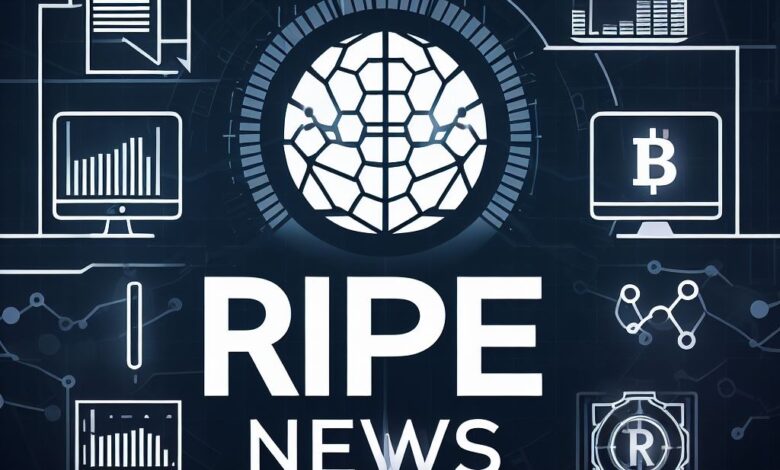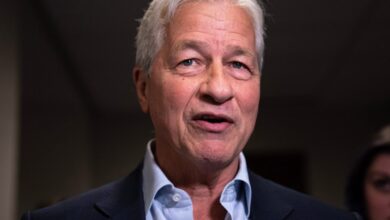US Federal Reserve Expected to Raise Lending Rate

The U.S. Federal Reserve is expected to raise the lending rate by 25 basis points to 5.25% at the upcoming Federal Open Market Committee (FOMC) meeting on May 2-3, according to a poll of 105 economists. The decision will mark the first interest rate hike of 2023, and it is predicted to be the final one for the year, with economists forecasting that the rate will remain at 5.25% for the rest of the year. The move is a clear signal that the Fed is trying to keep inflation in check.
A lending rate hike means that borrowing money will become more expensive, which can have a significant impact on the economy. The cost of borrowing will rise, which will affect both businesses and consumers. Businesses will face higher costs of financing their operations, which could lead to a decrease in investment and hiring. Consumers will also face higher costs of borrowing, which could lead to a decrease in spending and an increase in savings.
The Fed’s decision to raise the lending rate comes amid concerns about rising inflation. Inflation occurs when there is too much money chasing too few goods, which can lead to an increase in prices. The Fed’s primary role is to keep inflation in check by adjusting interest rates. When inflation is low, the Fed can lower interest rates to encourage borrowing and stimulate the economy. When inflation is high, the Fed can raise interest rates to slow down borrowing and dampen inflation.
The decision to raise interest rates is not without risk. Higher interest rates can lead to a stronger dollar, which can make exports more expensive and hurt American businesses that rely on international sales. It can also make it more difficult for emerging market economies to service their debts, potentially causing a ripple effect across the global economy.
While the May rate hike is expected, it is uncertain whether the Fed will hike the benchmark rate after May. The decision will depend on macro data and the reduction of stresses in the financial system. Michael Gapen, the chief U.S. economist at Bank of America Securities, notes that the Fed will be closely monitoring the labor market and inflation to determine its future course of action.
In conclusion, the U.S. Federal Reserve’s decision to raise the lending rate by 25 basis points to 5.25% at the upcoming FOMC meeting on May 2-3 is a clear signal that the Fed is trying to keep inflation in check. The decision will have significant implications for businesses and consumers, and it remains to be seen whether the Fed will hike the benchmark rate after May. The Fed will be closely monitoring the labor market and inflation to determine its future course of action.





